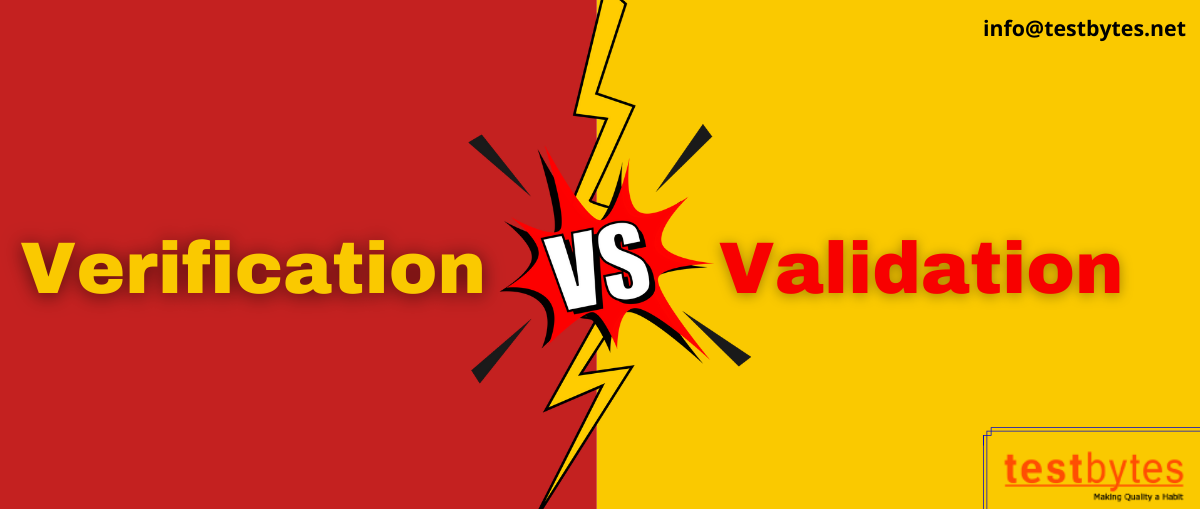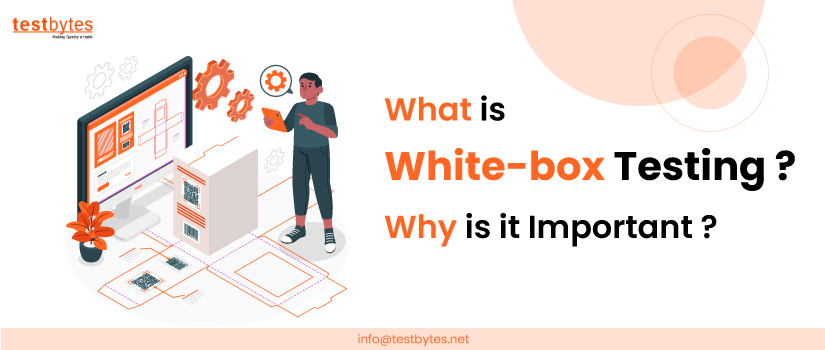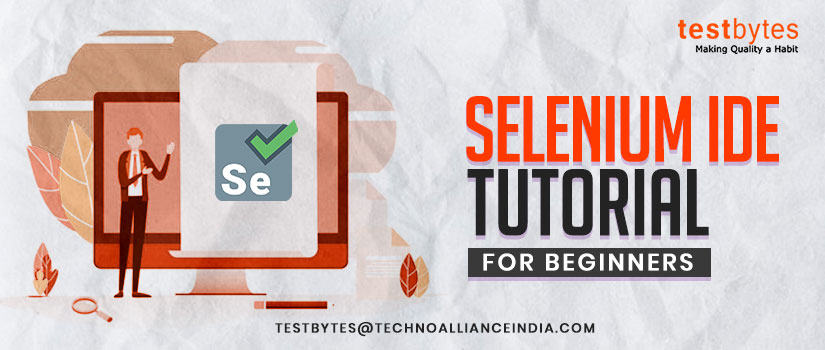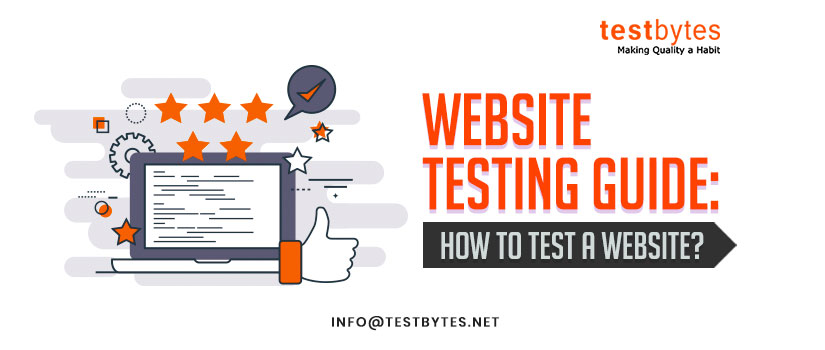
Verification vs. Validation: Key Differences and Why They Matter
March 19th, 2024

Ever poured hours into a project, only to discover it wasn’t what the customer wanted? Or felt the sting when, despite rigorous testing, critical bugs emerged post-launch?
These scenarios are all too familiar to those in quality assurance and product development, underscoring the frustration of seeing efforts fall short of expectations.
This pain points to a crucial misunderstanding in the industry: the conflation of verification and validation. Although both are essential for product quality, they serve distinct purposes.
Verification asks, “Are we building the product right?” focusing on whether the development aligns with specifications. Validation, on the other hand, asks, “Are we building the right product?” ensuring the outcome meets user needs and requirements.
Clarifying this distinction is more than semantic—it’s foundational to delivering solutions that not only work flawlessly but also fulfill the intended purpose, ultimately aligning products closely with customer expectations and market needs.
What Is Verification And Validation With Example?
Definition Of Verification
Verification is the process of checking if a product meets predefined specifications. It’s a methodical examination to ensure the development outputs align exactly with what was planned or documented.
For instance, if the specification dictates, “The login button should be blue,” verification involves a direct check to confirm that the button is indeed blue.
This phase is crucial for catching discrepancies early on, before they can evolve into more significant issues.
Types of verification activities include code reviews, where peers examine source code to find errors; static analysis, a process that automatically examines code to detect bugs without executing it; and inspections, a thorough review of documents or designs by experts to identify problems.
Through these practices, verification acts as a quality control measure, ensuring the product’s development is on the right track from the start.
Verification Example:
Scenario: Developing a web application that allows users to register and login.
Verification Step: Before coding begins, the development team reviews the design documents, including use cases and requirements specifications, to ensure they understand how the registration and login system should work.
They check if all the functional requirements are clearly defined—for instance, the system should send a confirmation email after registration and allow users to reset their password if forgotten.
This step verifies that the system is being built correctly according to the specifications.
Definition of Validation
Validation is the process of ensuring that a product fulfills its intended use and meets the needs of its end-users.
Unlike verification, which focuses on whether the product was built according to specifications, validation addresses the question, “Have we built the right product for our users?” It’s about verifying the product’s actual utility and effectiveness in the real world.
For example, even if a login button is the specified shade of blue (verification), validation would involve determining whether users can find and understand how to use the button effectively for logging in.
This process includes activities like user acceptance testing, where real users test the product in a controlled environment to provide feedback on its functionality and usability, and beta testing, where a product is released to a limited audience in a real-world setting to identify any issues from the user’s perspective.
Through validation, developers and product managers ensure that the final product not only works as intended but also resonates with and satisfies user needs and expectations.
Verification vs. Validation – The Key Difference
Two guiding principles can neatly sum up the difference between verification and validation in product development: verification is about “building the thing right,” whereas validation is about “building the right thing.”
This analogy underscores the fundamental difference in their objectives—verification ensures the product is being built according to specifications, while validation ensures the product built is what the end-user actually needs and wants.
Comparing Verification and Validation
| Factor | Verification | Validation |
|---|---|---|
| Objective | To check if the product meets specified requirements/designs. | To ensure the product meets user needs and expectations. |
| Focus | Process correctness and adherence to specifications. | Product effectiveness in real-world scenarios. |
| Timing | Conducted throughout the development process. | Generally conducted after verification, closer to product completion. |
| Methodology | Involves methods like code reviews, static analysis, and inspections. | Involves user acceptance testing, beta testing, and usability studies. |
| Performed by | Engineers and developers focus on technical aspects. | End-users, stakeholders, or QA teams focusing on user experience. |
| Outcome | Assurance that the product is built correctly according to the design. | Confidence that the product fulfills its intended use and satisfies user requirements. |
| Feedback Loop | Internal, focuses on correcting issues against specifications. | External, often lead to product adjustments based on user feedback. |
| Documentation | Specifications, design documents, and test reports. | User requirements, test scenarios, and feedback reports. |
Verification And Validation In Various Aspect Of Quality Assurance

Conclusion
while verification and validation serve distinct purposes within the software development lifecycle, their success is interdependent, highlighting the synergy between ensuring a product is built right and ensuring it is the right product for its users.
Two key takeaways underscore the nuanced roles these processes play: First, the act of verification, focusing on adherence to specifications, does not necessarily require programming expertise and often precedes the product’s final form, frequently involving reviews of documentation and design.
In contrast, validation, with its emphasis on real-world utility and user satisfaction, necessitates coding skills as it involves executing the software to test its functionality and performance. Therefore, understanding the differences between these processes, including
Also Read : QA( quality accurance) and QC ( quality control), How do they differ?
FAQs
Verification vs validation Engineering
Verification
-
Meaning: The process of ensuring that a product, service, or system conforms to its specified requirements and design specifications. It answers the question: “Are we building the product right?”
-
Methods:
- Design reviews (walkthroughs, inspections)
- Code reviews
- Static analysis
- Unit testing
- Integration testing
- System testing
-
Example: An engineer designs a bridge with specific load-bearing requirements. Verification would involve checking calculations, design simulations, and testing physical models against those defined load parameters.
Validation
-
Meaning: The process of determining whether a product, service, or system meets the real-world needs and expectations of its intended users. It answers the question: “Are we building the right product?”
-
Methods:
- User acceptance testing (UAT)
- Requirements analysis and traceability
- Prototyping and user feedback
- Field testing
- Performance monitoring under operational conditions
-
Example: After the bridge from the previous example is built, validation would focus on whether it can handle the intended traffic flow, withstand environmental conditions, and meet the overall transportation needs of the community it serves.
Key Differences
| Feature | Verification | Validation |
|---|---|---|
| Focus | Specifications and design | User needs and intended purpose |
| Question | “Are we building the product right?” | “Are we building the right product?” |
| Timing | Throughout the development cycle | Often concentrated towards the end of the process |
| Methods | Reviews, testing, analysis | User testing, field testing, operational monitoring |
Why Verification and Validation Matter in Engineering
- Ensuring quality: They help ensure that the final product is safe, reliable, performs as intended, and meets the defined specifications.
- Saving cost and time: Identifying errors early on through verification helps save costs that would be exponentially higher to fix later in the process. Validation prevents the development of a product that doesn’t meet the actual need.
- Reducing risk: Thorough verification and validation lower the risk of product failures, recalls, and safety hazards.
- Meeting regulatory standards: Many industries (aerospace, automotive, medical devices) have strict V&V requirements as part of their compliance.
- Improving user satisfaction: Validation ensures the product solves the real-world problem it was intended to solve, leading to higher user satisfaction.
What is the difference between validation and testing?
Validation and testing are both integral components of the quality assurance process in software development, yet they serve distinct purposes and focus on different aspects of ensuring a software product’s quality and relevance to its intended users.
Here’s a breakdown of the differences between validation and testing:
Validation
- Purpose: Validation is the process of evaluating software at the end of the development process to ensure it meets the requirements and expectations of the customers and stakeholders. It’s about ensuring the product fulfills its intended use and solves the intended problem.
- Question Addressed: “Are we building the right product?” Validation seeks to answer whether the software meets the real-world needs and expectations of its users.
- Activities: Involves activities like user acceptance testing (UAT), beta testing, and requirements validation. It is more about the software’s overall functionality and relevance to the user’s needs.
- Outcome: The main outcome of validation is the assurance that the software does what the user needs it to do in their operational environment.
Testing
- Purpose: Testing, often considered a subset of validation, is more technical and focuses on identifying defects, errors, or any discrepancies between the actual and expected outcome of software functionality. It’s concerned with the internal workings of the product.
- Question Addressed: “Are we building the product right?” Testing is about ensuring that each part of the software performs correctly according to the specification and design documents.
- Activities: Includes a variety of testing methods like unit testing, integration testing, system testing, and regression testing. These activities are aimed at identifying bugs and issues within the software.
- Outcome: The primary outcome of testing is the identification and resolution of technical issues within the software to ensure it operates as designed without defects.
In essence, while testing is focused on the technical correctness and defect-free operation of the software, validation is concerned with the software’s effectiveness in meeting the user’s needs and achieving the desired outcome in the real world. Testing is a means to an end, which helps in achieving the broader goal of validation.


 Software Testing Events
Software Testing Events App Testing
App Testing Web App Testing
Web App Testing Game Testing
Game Testing Automation Testing
Automation Testing Load Testing
Load Testing Security Testing
Security Testing Performance Testing
Performance Testing Hire a Tester
Hire a Tester





